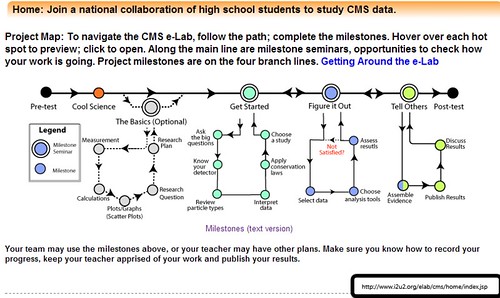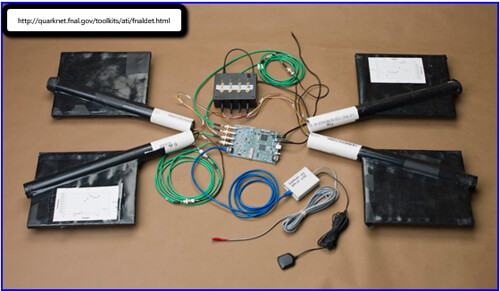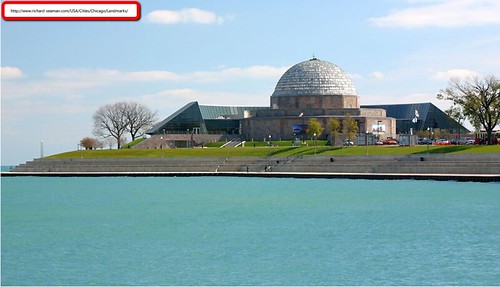Last week, the NDQC went international. High school students from China and Brazil came to Notre Dame for an educational camp that included a two day workshop at QuarkNet.
The CMS Data group was given the opportunity to give a two and a half hour seminar on the CMS detector at the LHC to these students. The students first were guided through a short briefing on what the CMS detector was and the sheer basics of particle physics led by teachers working at QuarkNet.
The international students were then split up into two person groups and began finding answers to a few questions that could be found on the Internet. The CMS Data students were helpful in guiding this process and helping out wherever needed. The groups were brought together then and they all talked about each question and the correct answers.
The seminar continued with analysis of real data from the CMS detector again led by the CMS Data team. At the same time that all of this was going on, another half of the international students was in an entirely different part of QuarkNet looking through a telescope at the Sun and learning about it.
Below are pictures of the students at work on the computers…















